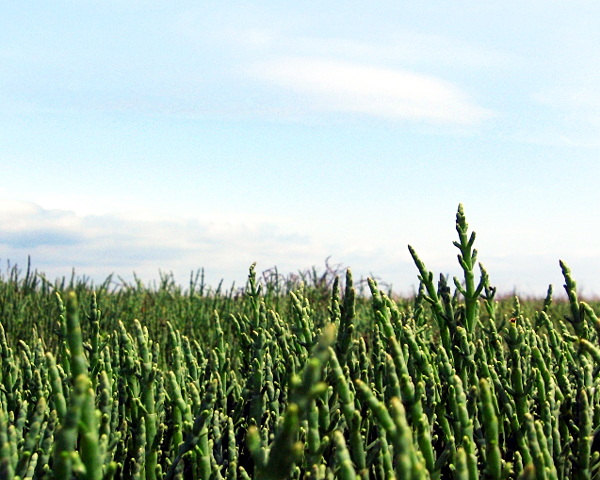
by David Young | Jul 22, 2024 | Flowering Plants
Common name: Eelgrass Authors: Ares Bach, Thomas Woodruff, Kai Higgs Scientific name: Zostera marina Size : They are ¼” wide and can grow to 3 feet long. Identifying features: Long and bright green ribbon-like leaves. Cool facts: Z. marina will store nutrients and...

by David Young | Jul 21, 2024 | Flowering Plants
Oregon Gumweed Scientific Name: Grindelia stricta Author: Jake Duncan Photos by D. Young Common Names: Oregon Gumweed, Oregon Gumplant, Coastal Gumplant Identification: Oregon gumweed is a perennial, dicot flowering herb. It is from the Asteraceae or Compositae family...

by David Young | Jul 21, 2024 | Flowering Plants
Sea Asparagus Author: Alisha Carey Common name: Sea Asparagus, Pickleweed, and Glasswort. Scientific name: Salicornia virginica Photos courtesy of Westcoast Seaweed Inc. Identifying features: Sea Asparagus (Salicornia virginica) is a vivid green bean. As a green...



